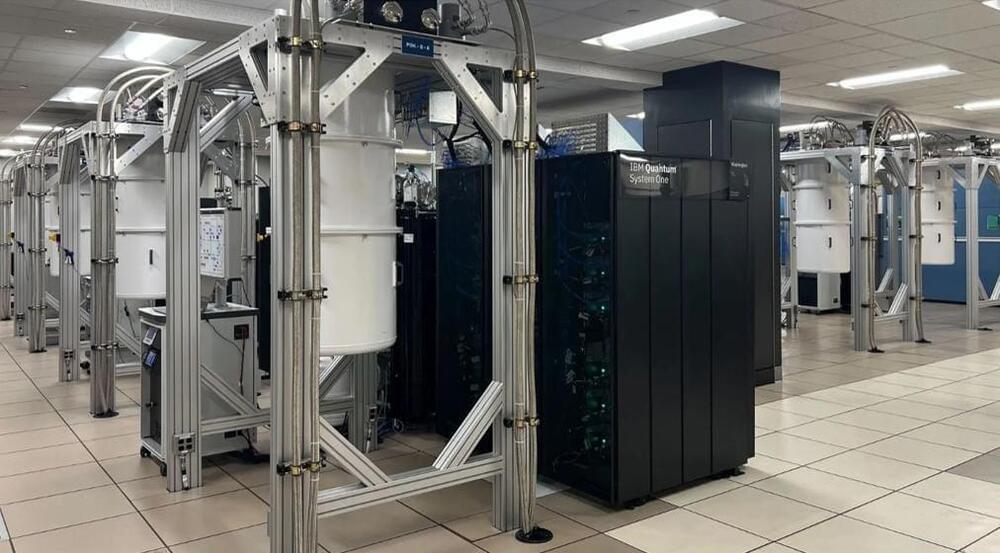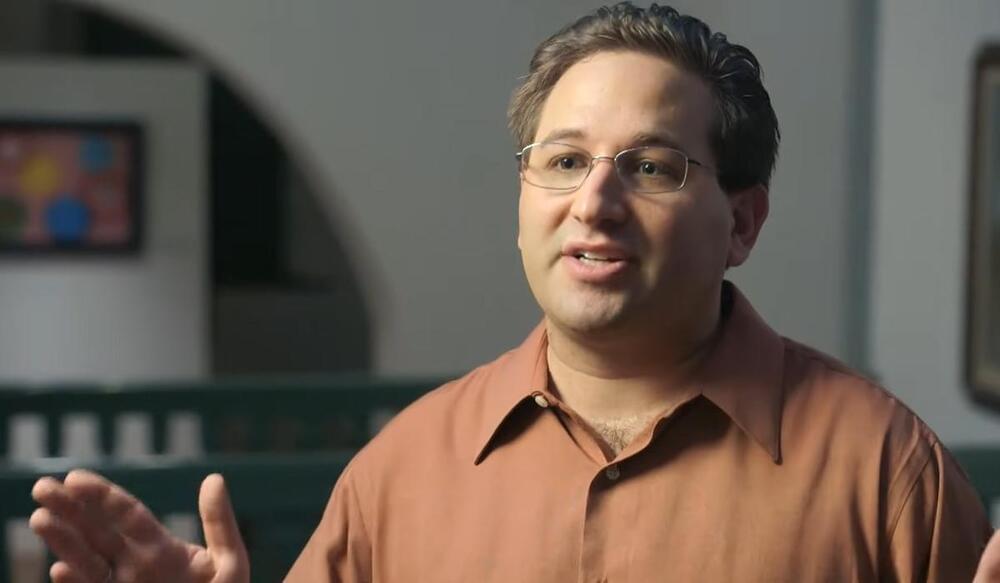Predicting the timelines of quantum artificial intelligence is difficult and managing expectations are almost impossible to realize.



It seems for every proponent for quantum computing there is also a detractor.
Given the amount of quantum computing investment, advancements, and activity, the industry is set for a dynamic change, similar to that caused by AI – increased performance, functionality, and intelligence. This also comes with the same challenges presented by AI, such as security, as outlined in the recent Quantum Safe Cryptography article. But just like AI, quantum computing is coming. You might say that quantum computing is where AI was in 2015, fascinating but not widely utilized. Fast forward just five years and AI was being integrated into almost every platform and application. In just five years, quantum computing could take computing and humanity to a new level of knowledge and understanding.
Follow me on Twitter or LinkedIn. Check out my website.
The author and members of the Tirias Research staff do not hold equity positions in any of the companies mentioned. Tirias Research tracks and consults for companies throughout the electronics ecosystem from semiconductors to systems and sensors to the cloud. Tirias Research has consulted for IBM, Intel Microsoft, Nvidia, Toshiba, and companies throughout the quantum computing ecosystem.

Quantum computing, the cutting-edge technology that promises unprecedented computational power, has taken a significant leap forward with the unveiling of a groundbreaking quantum chip by Amazon Web Services.
“It’s a custom-designed chip that’s totally fabricated in house by our AWS quantum team,” said Peter Desantis, senior vice president of AWS utility computing products, during a keynote address in Las Vegas at AWS’s re: Invent conference for the global cloud computing community.
DeSantis said the state-of-the-art chip represents a major milestone in the quest for error-corrected quantum computers. “We’ve been able to suppress errors by 100x by using a passive error correction approach,” he said.

As researchers, developers, policymakers and others grapple with navigating socially beneficial advanced technology transitions — especially those associated with artificial intelligence, DNA-based technologies, and quantum technologies — there are valuable lessons to be drawn from nanotechnology. These lessons underscore an urgent need to foster collaboration, engagement and partnerships across disciplines and sectors, together with bringing together people, communities, and organizations with diverse expertise, as they work together to realize the long-term benefits of transformative technologies.

A fundamental trade-off between the resolution of a clock and its accuracy could have important implications for quantum computers, which must measure short timescales accurately.
By Alex Wilkins

IonQ earns spot in the prestigious list of 119 innovative companies for innovation in quantum computing
COLLEGE PARK, Md., November 28, 2023 —(BUSINESS WIRE)— IonQ (NYSE: IONQ), an industry leader in quantum computing, today announced that it has been named to Fast Company’s third annual Next Big Things in Tech list, honoring technology breakthroughs that promise to shape the future of industries—from healthcare and security to artificial intelligence and data. This is IonQ’s first time appearing on the list.
“This recognition is not only a tremendous honor but a testament to the transformative impact and potential of our technology,” said Peter Chapman, President and CEO of IonQ. “IonQ is committed to advancing quantum computing capabilities to drive technological breakthroughs and solve complex business problems across industries. This award fuels our drive to continue pushing boundaries and breaking barriers.”

Should you start exploring quantum computing? Yes, said a panel of analysts convened at Tabor Communications HPC and AI on Wall Street conference earlier this year.
Without doubt, the quantum computing landscape remains murky. Yet in the past ~5 years virtually every aspect of quantum computing has raced forward. At least one 1000-plus-qubit system is edging towards user access now and another is expected by year-end. There’s been a proliferation of software offerings up and down the “quantum stack” though it’s hardly complete. Most promising, what were a few POC use-case explorations has mushroomed into very many efforts across many sectors.
What are we waiting for? Against the backdrop of astonishing progress are also very hard technical problems. Error correction/mitigation tops the list. Effective quantum networking is another. Polished applications. Too many qubit types to choose from (at least for now.) Scale matters – it’s expected that millions of qubits may be needed for practical quantum computing These aren’t trivial challenges. Why bother?

Recent advances in the development of devices made of 2D materials are paving the way for new technological capabilities, especially in the field of quantum technology. So far, however, little research has been carried out into energy losses in strongly interacting systems.
With this in mind, the team led by Professor Ernst Meyer from the Department of Physics at the University of Basel used an atomic force microscope in pendulum mode to investigate a graphene device in greater detail. For this, the researchers utilized a two-layer graphene, fabricated by colleagues at LMU Munich, in which the two layers were twisted by 1.08°
When stacked and twisted relative to one another, the two layers of graphene produce “moiré” superstructures, and the material acquires new properties. For example, when the two layers are twisted by the so-called magic angle of 1.08°, graphene becomes a superconductor at very low temperatures, conducting electricity with almost no energy dissipation.
Learn about quantum computing with Q-CTRL’s Black Opal!
Today, I’m diving into the interactive platform of Q-CTRL’s Black Opal to simplify quantum concepts and demonstrate quantum computing applications. This video is perfect for both beginners curious about quantum computing and seasoned professionals seeking looking for a broad overview of quantum computing applications.
Use Promo Code BLACK50 to get 50% off for Black Friday! Ends November 30th.
Sign Up here: https://black.q-ctrl.com/signup?utm_source=anastasia-marchen…riday-2023
0:00 Learning Quantum Computing.
1:38 Traveling Salesman Problem.
3:26 Casino Games and Quantum Computing.
5:42 Race Against the Bloch Sphere!!
Traditional teaching methods often struggle with effectively conveying complex quantum concepts.
